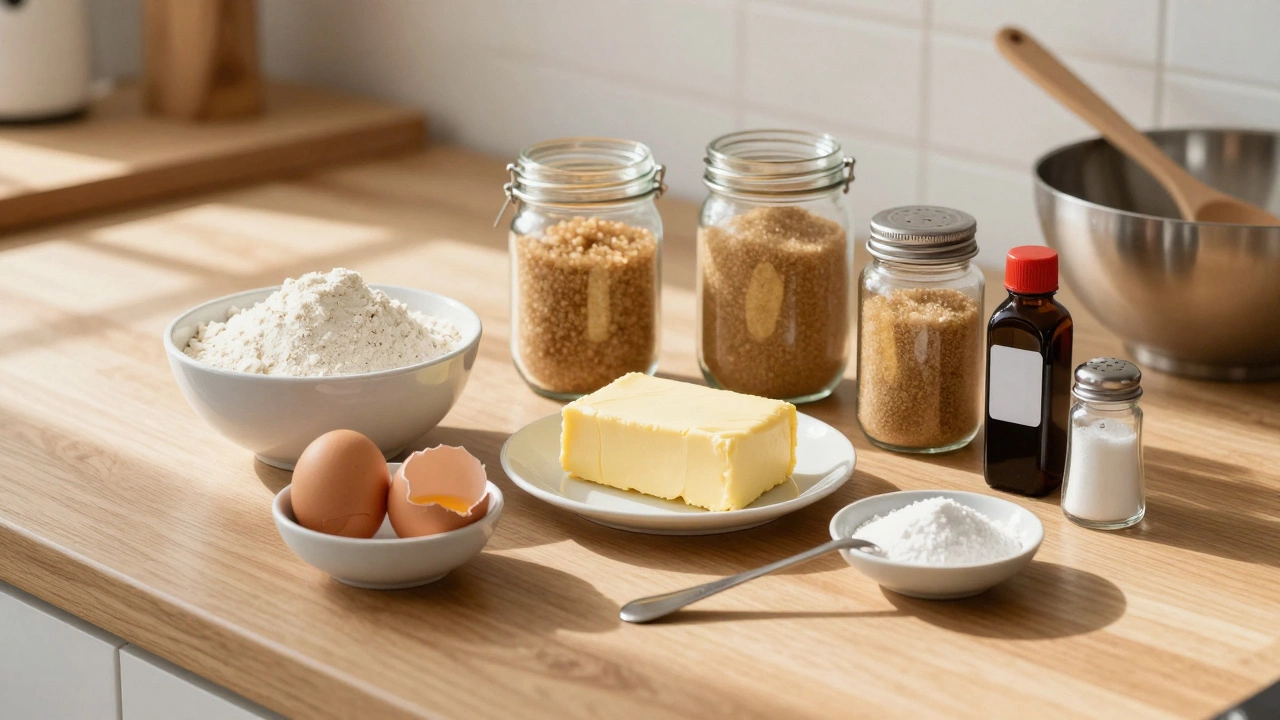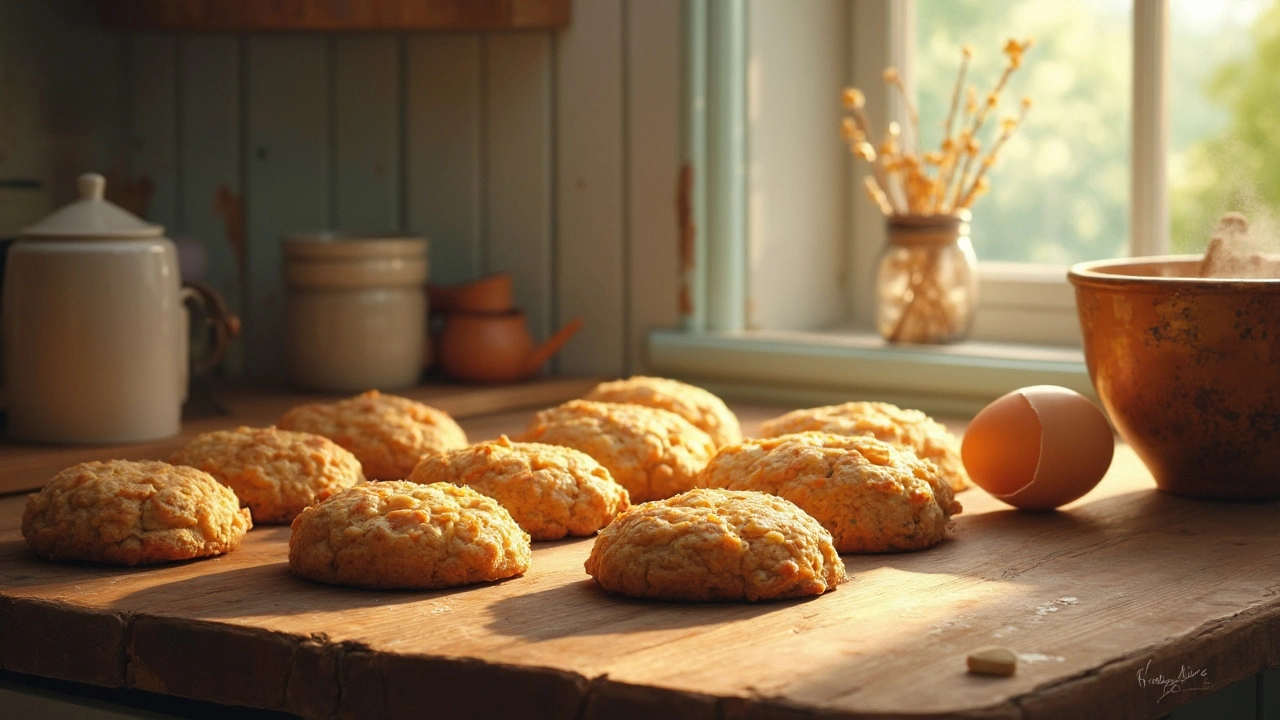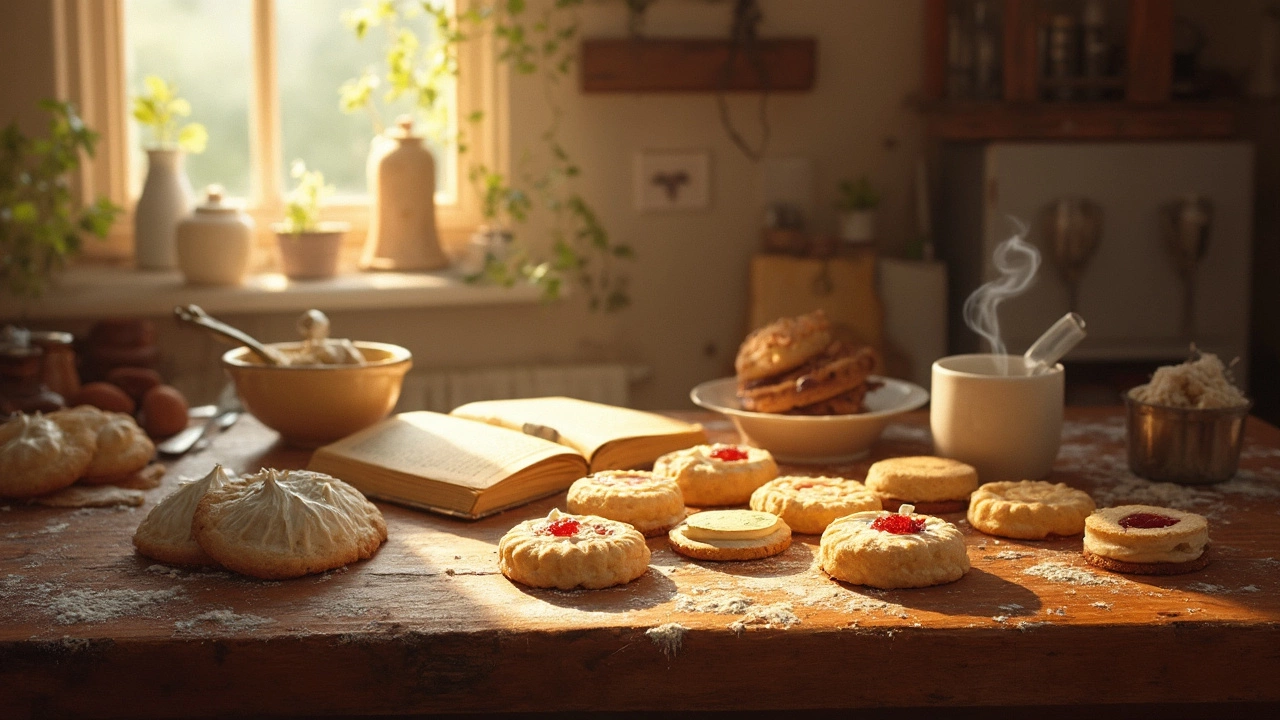Homemade Cookies – Simple Secrets for Perfect Batches
If you’ve ever pulled a cookie out of the oven and felt something was off, you’re not alone. The good news is that most problems have quick fixes that don’t require fancy equipment or hard‑to‑find ingredients. Below are the everyday tricks that turn an average batch into a crowd‑pleaser.
Chill the Dough for Better Flavor and Texture
One of the easiest upgrades is a short rest in the fridge. Letting the dough sit for at least 30 minutes lets the flour fully hydrate and the butter firm up. The result? Cookies that spread less, hold their shape, and develop a richer, buttery taste. If you have time, aim for an hour or even overnight – the dough becomes even more workable and you’ll notice a clear difference in chewiness.
Don’t over‑think the timing. A quick 20‑minute chill can already improve things, especially for recipes that call for melted butter. For drop‑cookies that use softened butter, a longer chill helps the leavening agents (baking soda or powder) activate slowly, giving you a more even rise.
Choose Your Fat Wisely: Oil vs Butter
Butter brings that classic, caramel‑like flavor, while oil makes cookies softer and spreads more. If you love a crisp edge and a deep taste, stick with butter. For a chewier, cake‑like interior, swap half the butter for a neutral oil such as canola or sunflower. Keep the total fat amount the same, or you might end up with a dry crumb.
A handy test is to bake a small batch using each fat version side by side. You’ll instantly see which texture fits your style. Many bakers also melt the butter before mixing – this gives a denser, fudgier cookie, perfect for chocolate lovers.
Beyond butter and oil, you can experiment with coconut oil for a subtle tropical note or use a bit of shortening for extra tenderness. Just remember that each fat changes the spread, so adjust the baking time accordingly.
Play With Sugar for Texture Control
White sugar creates a crisp edge, while brown sugar adds moisture and a chewy center. Using a 50/50 split is a common go‑to for balanced cookies. If you aim for extra fluff, increase the brown sugar slightly; the molasses in it holds onto water, preventing the cookie from drying out.
Going sugar‑free? Replace sugar with a blend of erythritol and a touch of honey or maple syrup. The liquid sweeteners keep the dough moist, but you’ll need to lower the oven temperature by about 10°C to avoid over‑browning.
Extra Tips for Fluffy, Pillowy Cookies
Leavening is key. Baking soda works best with acidic ingredients (like brown sugar or cocoa), while baking powder adds lift on its own. If a recipe feels heavy, add an extra ¼ teaspoon of baking powder to fluff it up.
Don’t over‑mix. Once the flour is incorporated, stop stirring. Over‑mixing develops gluten, which makes cookies tough instead of soft.
Finally, watch the oven. Cookies continue to cook from residual heat after you take them out. Pull them when the edges are set but the center still looks slightly soft – they’ll finish setting as they cool.
With these straightforward tricks, you can dial in any cookie style you crave, whether it’s a crunchy shortbread, a chewy chocolate chip, or a melt‑in‑your‑mouth brownie‑style cookie. Grab your mixing bowl, try one tweak at a time, and enjoy the delicious results of truly homemade cookies.












